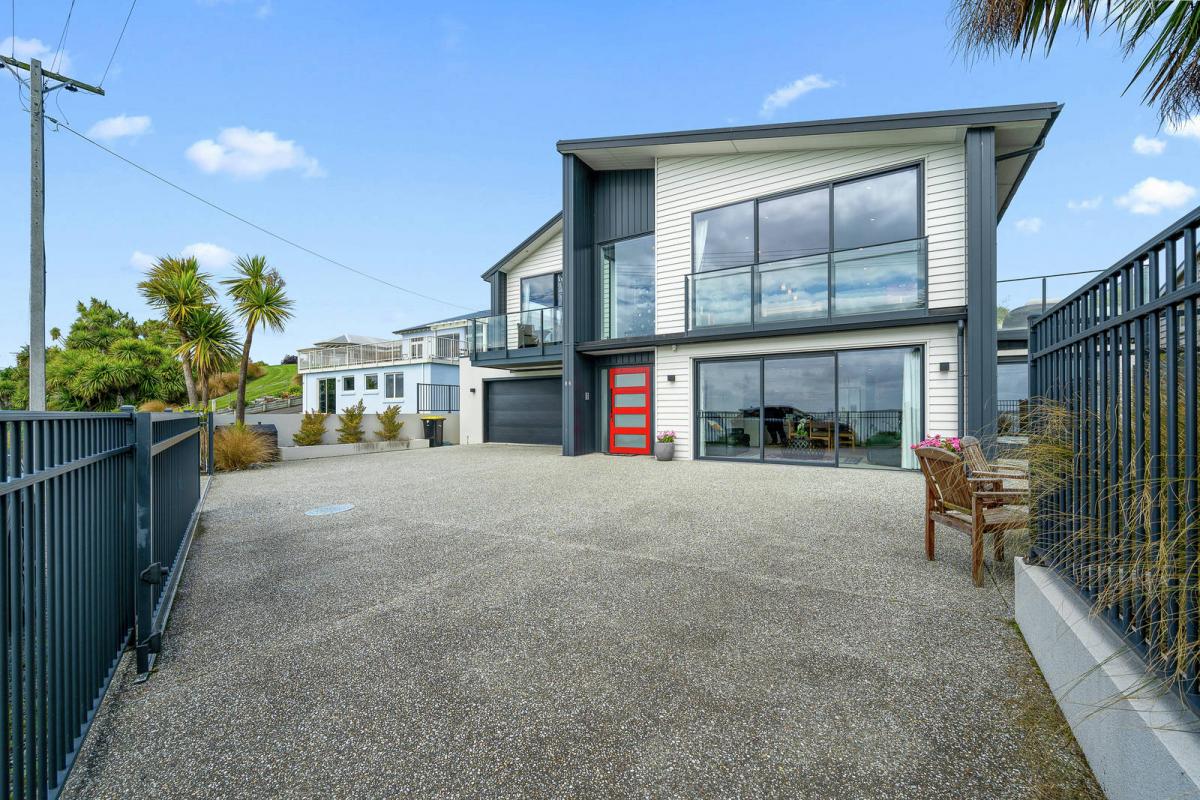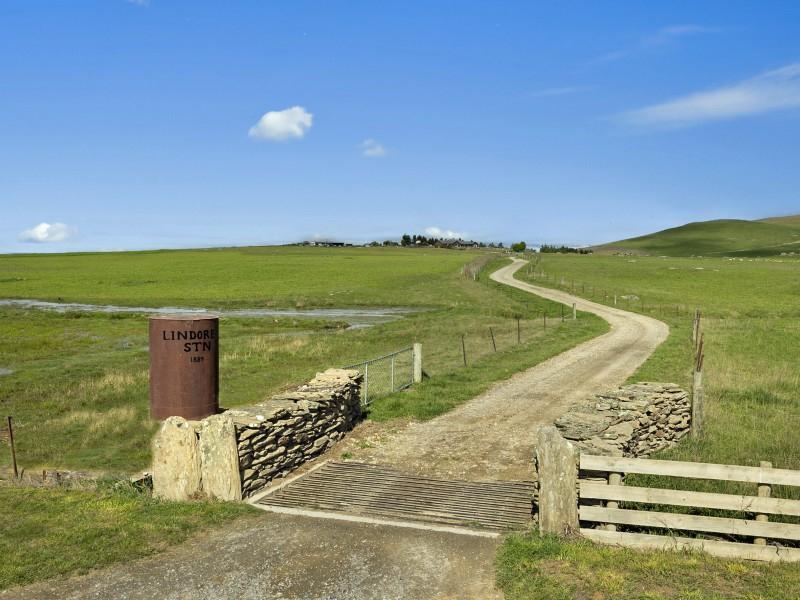Dunedin's new mayor moves to reinstate famous St Clair beach poles after heavy swells washed them away
From reporter Hamish McNeilly:
The tide may have turned for the Dunedin’s famed St Clair beach poles.
In June, heavy swells stripped sand from the popular city beach, exposing coastal defences in the form of giant sand sausages, and leaving a solitary pole remaining – before that too was destroyed.
Those poles once formed part of a groyne – a series of poles embedded in the sand and designed to trap sand – first installed 120 years ago.
Reinstating the groynes to assist with coast erosion was a pet project of former councillor Jules Radich. Now he’s the mayor, and the Dunedin City Council is preparing to vote to have them reinstated.
Radich’s motion to reinstall a groyne at St Clair on a five-year trial basis was rejected by the last council at a June meeting.
Prior to that vote he told Stuff he did not have the numbers, and “the only blockage to this is political”.
Fast-forward five months and Mayor Radich is likely to have the numbers, when the matter is again discussed at a council meeting on November 8.
That motion that council: ‘’Requests an urgent report on the cost and time frames for reinstating the St Clair groyne, potentially on a trial basis’’, was signed by the mayor and five other councillors.
An online poll, backed and promoted by Radich, to reinstate the wooden poles had attracted thousands of signatures.
The council’s St Clair- St Kilda Coastal Plan was adopted in February. That short-term walk includes improving access, removing redundant infrastructure, and dune stability work.
In an effort to retain sand at the beach, a groyne or a similar structure designed to trap sand, could be constructed.
‘’This could create an enhanced high tide beach. It would require ongoing investments to top-up and sustain sand levels over longer periods,’’ the plan said.
A 2019 council report concluded a groyne would help retain sand on one side, but reduce sand on the other.
To be effective, a groyne at St Clair would need to be at least 65m long.
Another council report, this time in 2020, estimated the cost to construct a timber groyne at $150,000, with additional maintenance costs.

Worst Xmas ever?
There's a a lot of planning that goes into Christmas day and sometimes things just don't go to plan. But it can be a good thing - a family mishap or hilarious memory that you can laugh about in Christmases to come.
Whether you burnt the dinner or were stranded at an airport...
Share your Christmas mishaps below!

⚠️ DOGS DIE IN HOT CARS. If you love them, don't leave them. ⚠️
It's a message we share time and time again, and this year, we're calling on you to help us spread that message further.
Did you know that calls to SPCA about dogs left inside hot cars made up a whopping 11% of all welfare calls last summer? This is a completely preventable issue, and one which is causing hundreds of dogs (often loved pets) to suffer.
Here are some quick facts to share with the dog owners in your life:
👉 The temperature inside a car can heat to over 50°C in less than 15 minutes.
👉 Parking in the shade and cracking windows does little to help on a warm day. Dogs rely on panting to keep cool, which they can't do in a hot car.
👉 This puts dogs at a high risk of heatstroke - a serious condition for dogs, with a mortality rate between 39%-50%.
👉 It is an offence under the Animal Welfare Act to leave a dog in a hot vehicle if they are showing signs of heat stress. You can be fined, and prosecuted.
SPCA has created downloadable resources to help you spread the message even further. Posters, a flyer, and a social media tile can be downloaded from our website here: www.spca.nz...
We encourage you to use these - and ask your local businesses to display the posters if they can. Flyers can be kept in your car and handed out as needed.
This is a community problem, and one we cannot solve alone. Help us to prevent more tragedies this summer by sharing this post.
On behalf of the animals - thank you ❤️








 Loading…
Loading…


























